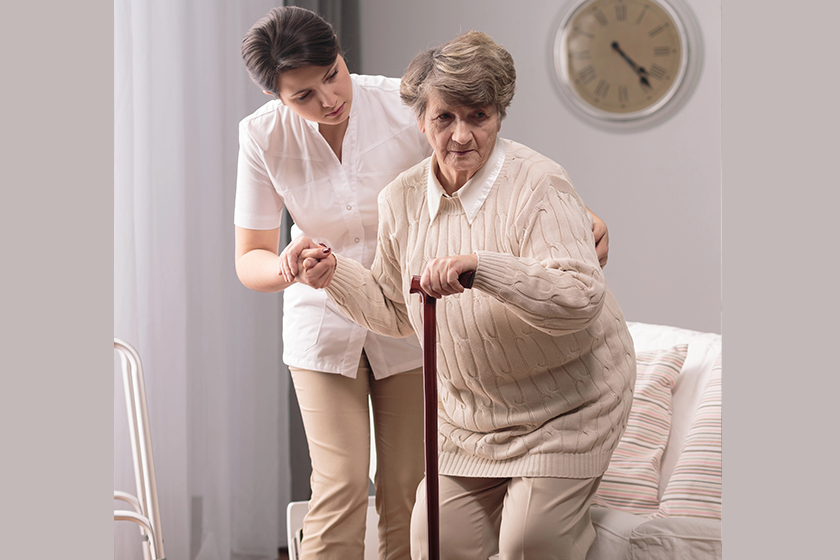Walking difficulties can significantly affect the independence and quality of life of older adults. As people age, certain changes in their physical, sensory, and neurological health can lead to mobility challenges. Understanding what causes difficulty walking in the elderly can help you address these issues and support your family member’s well-being.
Age-Related Changes
The natural aging process often reduces strength, flexibility, and balance. These physical changes can make walking less steady, increasing the risk of falls. Additionally, conditions such as arthritis or joint stiffness may develop over time, contributing to discomfort and limited mobility.
Muscle weakness, particularly in the legs, can also reduce walking ability. Combined with less physical activity as people grow older, these factors can significantly impact mobility.
Foot and Joint Problems
Painful foot conditions like tendonitis, bunions, and arthritis can make walking difficult for your loved ones. These issues often cause discomfort with each step, discouraging movement.
Joint problems, including those caused by osteoporosis or past injuries, can further hinder movement. In some cases, surgeries such as hip or knee replacements may be necessary to restore function.
Neurological Disorders
Certain neurological conditions, such as Parkinson’s disease and multiple sclerosis, interfere with the brain’s ability to control movement. Stroke survivors may also experience long-term effects like partial paralysis or lack of coordination.
These disorders can disrupt balance, timing, and overall walking patterns. Supporting your family member in seeking specialized medical care can address these challenges.
Sensory Impairments
Vision and hearing play a vital role in maintaining balance while walking. If your loved one has a visual impairment or issues with the vestibular system (responsible for inner-ear balance), they may struggle with mobility.
Sensory changes may also reduce awareness of their surroundings, increasing the risk of trips or falls. Regular check-ups can help detect and address these problems early.
Medication Side Effects
Many older adults take medications to manage chronic health conditions. Some of these drugs can cause side effects like dizziness or drowsiness, making walking unsafe.
It is important to consult healthcare providers about these potential effects and explore alternative medications if needed.
Musculoskeletal Disorders
Conditions affecting the bones, muscles, and connective tissues can lead to pain or stiffness during movement. Arthritis, bone fractures, and muscle degeneration are common culprits.
These disorders often reduce the range of motion and may require therapy or mobility aids to improve walking ability. Encouraging physical activity suited to your loved one’s needs can also be beneficial.
Balance and Coordination Issues
Balance and coordination naturally decline with age, often leading to unsteady walking. Inner ear problems, muscle weakness, and slowed reflexes can all contribute to instability.
Even minor issues with coordination can make everyday activities, like walking on uneven surfaces, more challenging. Addressing these concerns early can help your loved ones maintain their mobility and independence.
Why Addressing Mobility Issues Matters
Difficulty walking in the elderly is more than a physical limitation—it can impact independence, mental health, and overall quality of life. Addressing these challenges through medical evaluations, tailored physical activity, and home modifications can make a meaningful difference in their day-to-day living. By identifying what causes difficulty walking in the elderly, you can take steps to improve their mobility and reduce the risks of falls, keeping your loved ones safe and active.







